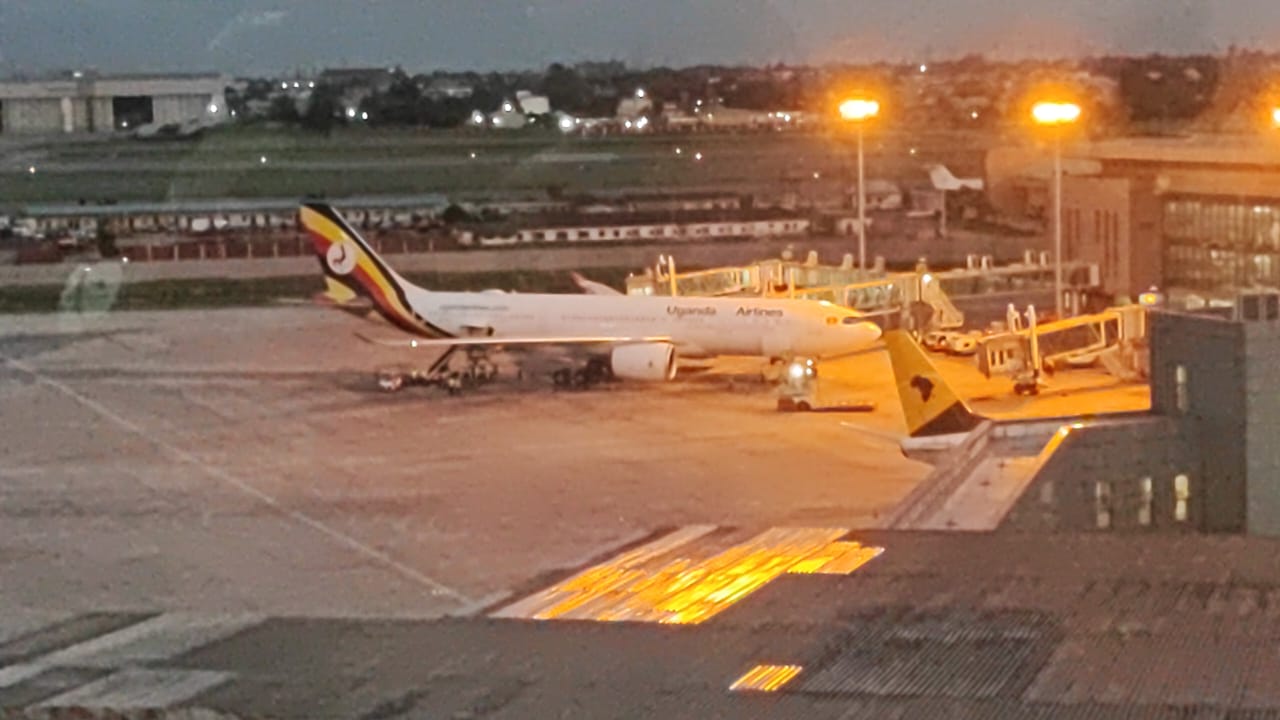Uganda signs contract for construction of USD 3 billion Standard Gauge Rail project

Uganda today signed a Euro 2.7 billion (USD 2, 948,427,000) contract for the construction of its long-delayed Standard Guage Rail (SGR) project, promising to bring the country’s decayed rail infrastructure up to speed with neighbours Kenya and Tanzania.
During the signing ceremony in Kampala at which Turkish contractor Yapı Merkezi İnşaat ve Sanayi A.Ş. Türkiye in a Joint Venture with YM Global Projects Limited, were handed the contract for the 272km Kampala-Malaba line, officials said construction activities would start within 42 days after contract signature and execution would be over 48 months.
Signing for Uganda, Bageya Waiswa, the permanent secretary at the ministry for works and transport, described the project as “a critical component of the East African Community Railway Master Plan and the Northern Corridor Integrated Projects Railway Network,” which will connect Uganda to the Port of Mombasa through Nairobi, as well as South Sudan, Rwanda and DR Congo.
Yapi’s vice chairman, Dr Erdem Arioglu, signed for Yapı Merkezi.
Bageya added that once constructed, the SGR is expected to spur regional trade, reduce transportation costs, create employment and reduced transit times from Mombasa Port to Kampala from the current 7 days, to just 24 hours.
The turn-key EPC project will be financed through a mixture of public funding, commercial credit and grants by development partners. Citi Bank has been selected as lead finance arranger. Yapi is bound to deliver the works within the projected costs and timeframes.
Ministry of finance permanent secretary Ramathan Goobi said once connected to Kenya’s network which is also expected to have reached Malaba in four years’ time, the cost of hauling a tone of goods from the coast to Kampala would be halved.
Sharing from his own experience, YApi’s Dr Erdem Arioglu said while it cost them USD 1800 to ship a container of goods from Turkey to Mombasa, moving the same from Mombasa to Kigali cost USD 4000. Dr Erdem’s figures give a sense of proportion to the huge cost of transport from the sea into the East African hinterland.
In remarks following the contract signature, Gen. Edward Katumba Wamal, the minister for works and transport, reminded Yapi to adhere to the project’s Local Content Strategy, which requires 40pc of the contract value goes to local suppliers.
“I implore you to be transparent in all matters of local content to avoid disputes which can hamper project delivery. This will enhance acceptability of the project,” Katumba said.
According to SGR Project coordinator Canon Eng. Perez N. Wamburu, the 272km Malaba-Kampala sector is the first plank of an envisaged 1,700KM SGR network that will connect Uganda with Kdenya, South Sudan, rthe DR Congo and Rwanda. It will be developed in a phased manner starting with the eastern route, followed by the 465km Tororo-Gulu-Nimule sector that will connect with South Sudan. Other limbs are the 297km spur from Gulu-Pakwach to Vurra at the DR Congo border; the 383km Kampala- Bihanga-Kasese – Mpondwe Western line with a spur to Hima Cement; and finally, a 280km Southern line running from Bihanga to Mirama at the Uganda-Rwanda border with a spur to the iron deposits in Muko in Kabale.
Right of way has so far been secured for 150 kilometres, representing 54pc of the Malaba-Kampala sector has been acquired, according to Wamburu.
Uganda first signed a contract for the development of its SGR line with Chinese contractor China Roads and Bridges Corporation but a dispute over pricing, difficulties in securing funding from China and doubts about Kenya extending its line to the Malaba interconnection point, saw the plans put on hold. It is understood China developed cold feet about the project over concerns about Kenya and Uganda’s overleveraged economies at the time, worried that their debt levels represented a significant risk of default.
Yapi Merkezi which is also executing Tanzania’s SGR flipped the deal from the Chinese in 2022, with an offer of contractor financing albeit at a higher ticket price.
Wamburu says Uganda has harmonized the designs and standards of its SGR with Kenya and has secured a commitment that Nairobi, which has so far built 592km of SGR to Naivasha, would extend its line to Malaba. However, unlike Kenya which has opted for diesel-powered locomotives, Uganda, ,like Tanzania, has gone for an electric traction for its SGR.

 SITA’s contactless boarding pass system set to reduce waiting times Indian airports
SITA’s contactless boarding pass system set to reduce waiting times Indian airports
 Airlink sets March 2025 for Kinshasa flights
Airlink sets March 2025 for Kinshasa flights
 Fresh Diary launches campaign to drum up yoghurt consumption in Uganda
Fresh Diary launches campaign to drum up yoghurt consumption in Uganda
 African airlines make gains as global passenger demand surges 8.6pc in August
African airlines make gains as global passenger demand surges 8.6pc in August
 IATA Launches SeMS Certification to close gaps in aviation security risk management
IATA Launches SeMS Certification to close gaps in aviation security risk management
 TAAG Angola inducts new A220 into fleet
TAAG Angola inducts new A220 into fleet
